Greenwood-power ontwikkeld en is fabrikant van volt en stroom sensoren voor middenspanningstoepassingen. Met deze componenten kunnen middenspanningstransformatoren "slim" gemaakt worden. Voor meer informatie neemt u contact op met Marc de Looze 013-5360144 of verkoop@dijkman.com.
A reliable energy supply has meanwhile become an important location factor for many companies. While power failures and voltage fluctuations were among the most important parameters of supply quality in the past, voltage transients and voltage harmonics are becoming more and more important. This is mainly due to the increasing number of non-linear loads and many decentralized renewable energy sources.
In order to guarantee uniform standards for electrical energy supply in Europe, the minimum requirements for voltage quality are defined in a European standard. This is EN 50160, which is entitled "Voltage Characteristics in Public Distribution Systems".
This standard is to be understood as a product standard for electrical energy and for this reason is also used as a valid product standard in electricity supply contracts. In February 2014 the Federal Court of Justice in Germany made it unequivocally clear that electricity is also subject to the Product Liability Act. The distribution network operator is thus liable for damage to electrical consumers that can be traced back to poor voltage quality on the part of the distribution network operator. For this reason, many measuring device manufacturers now offer measuring devices that prepare automated quality reports in accordance with EN 50160. Digital billing meters are also increasingly offering power quality functions in accordance with EN 50160. While the measuring devices can process the voltage directly in the low voltage range, we rely on voltage transformers or voltage sensors in the medium voltage range. The voltage quality is usually measured on older already existing systems. However, the built-in voltage transformers usually do not give any indication of the transmission behavior at higher frequencies on the rating plate. The devices are only specified for the 50 Hz fundamental frequency of the network. However, measurements according to EN 50160 require a frequency range of up to 2 kHz. We want to investigate the question of whether the existing devices are suitable for measurements up to 2 kHz.
Almost without exception, the built-in voltage transformers are inductive transformers that work according to the transformer principle.
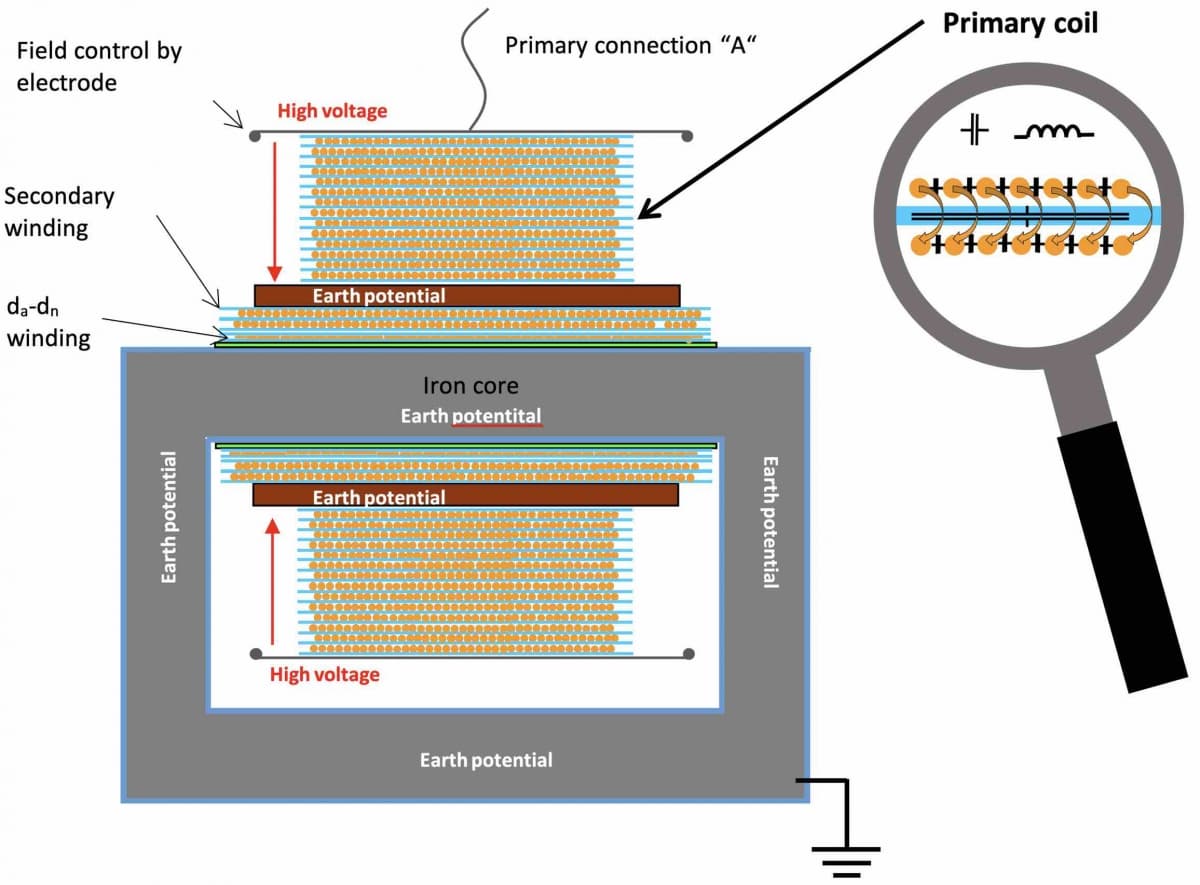
Figure 1: Model of the active part of a MV voltage transformer
In detail, the primary coil not only consists of inductive copper windings, but capacities also result from the individual layers isolated from one another. The capacities between the individual turns also contribute to the total capacitance of the primary coil. This results in a resonant circuit made up of inductance, capacitance and ohmic resistance, which must also have a corresponding resonance frequency.
In order to find this resonance frequency, a commercially available 10 kV voltage transformer is now tested with the "frequency sweep method" with 6,400 measuring points up to 10 kHz.
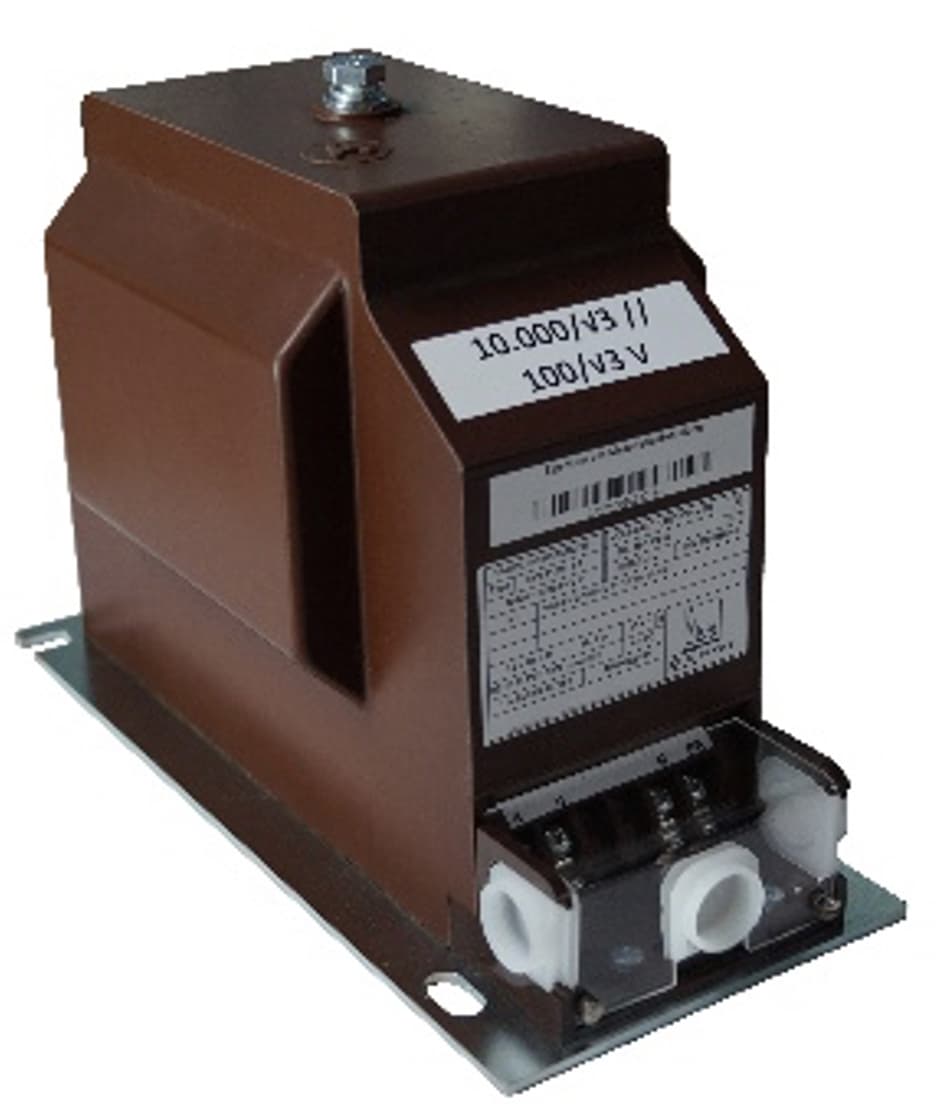
Figure 2: Inductive single pole 10 kV voltage transformer (VTS12M11-T)
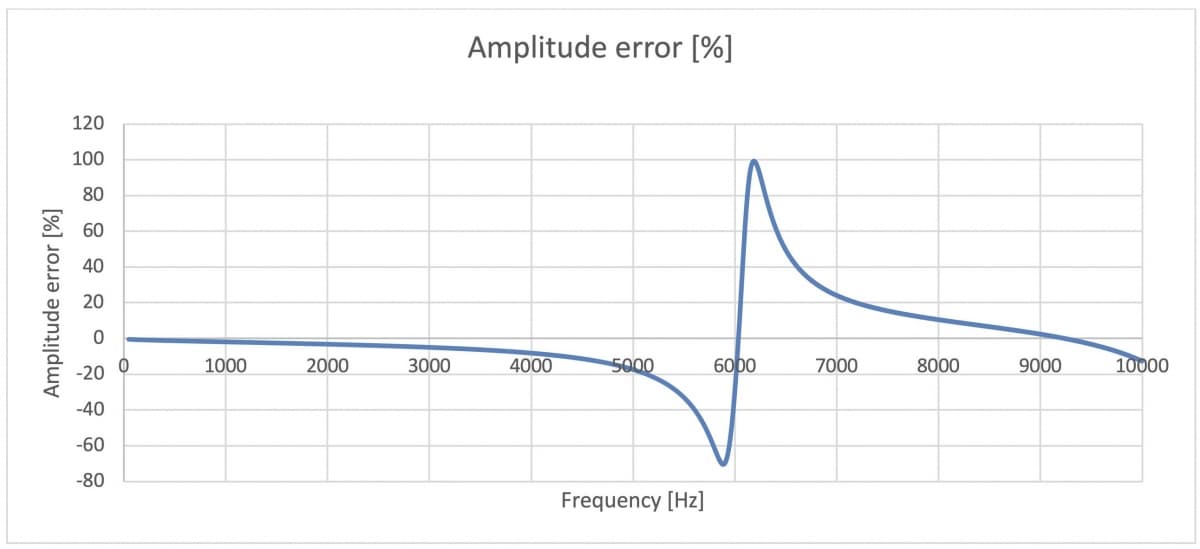
Figure 3: The amplitude error of a 10 kV voltage transformer
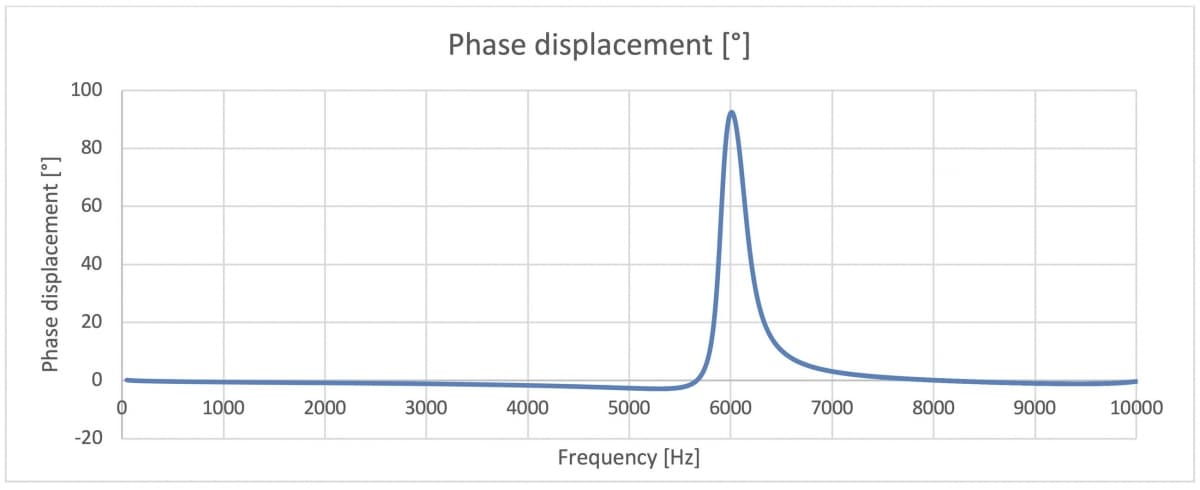
Figure 4: The phase error of a 10 kV voltage transformer
A resonance point can be seen at approx. 6 kHz. While the voltage transformer transmits the primary signal acceptably up to approx. 5 kHz, an amplitude error of approx. 100% and a phase error of 87 ° results at approx. 6 kHz. A reliable PQ analysis up to 9 kHz can therefore not be carried out with this voltage transformer.
Despite the normatively regulated voltage levels, every instrument transformer manufacturer has a large number of different voltage transformers with different primary coils in order to be able to meet the most diverse secondary configurations by the customer. These voltage transformers have already been delivered and installed in measuring fields. The manufacturer can only carry out a rough calculation of the first resonance point in connection with the archived production documents. However, the resonance point measured in practice can often deviate from the calculation result by a few kHz. It is therefore very difficult for instrument transformer manufacturers to make reliable statements for devices that have already been delivered.
A contribution from the technical and scientific organization CIGRE / CIRED offers the measuring point operators good support. A guideline for power quality measurements was published here, which provides a meaningful table with regard to the frequency transmission behaviour of voltage transformers.
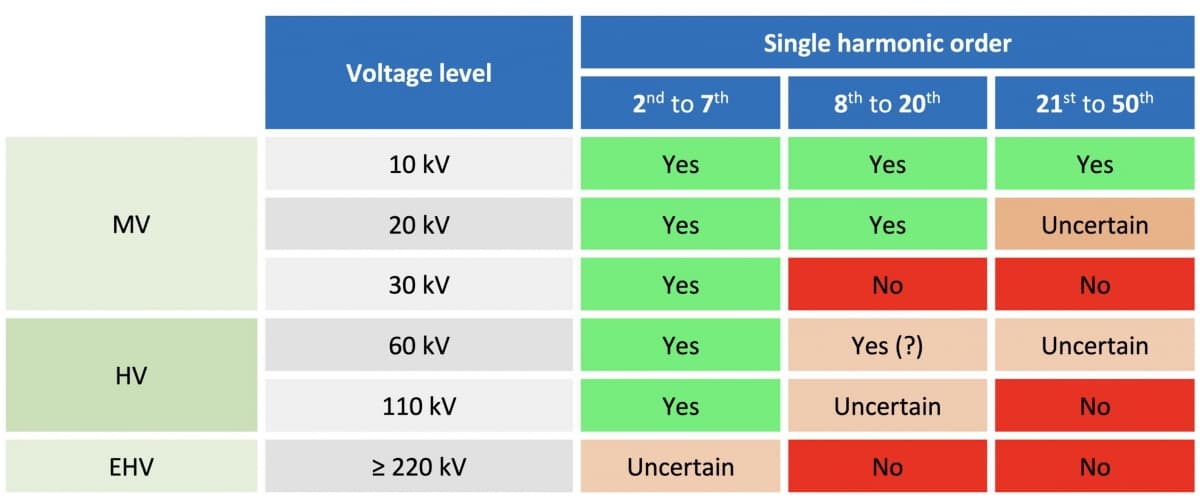
Table 1: Suitability of inductive transformers for harmonic measurements (Source: CIGRE / CIRED Guidelines for Power Quality Monitoring WG C4.112 TECHNICAL BROCHURE 596)
It can be seen that 10 kV voltage transformers up to the 50th harmonic (2.5 kHz) can generally be used for PQ measurements. This statement is consistent with our measurement result in Figure 3.
In the 20 kV range, however, according to the table, devices have already been found that do not provide any reliable measured values on the secondary side from the 21st harmonic upwards. In the 30 kV range, there is even a general approval up to the 7th harmonic. We state that only 10 kV voltage transformers can be used in existing systems for reliable EN 50160 measurements. In the voltage levels 20 and 30 kV, information must be provided by the instrument transformer manufacturer.
Furthermore, the question arises whether measurements up to 2 kHz are still sufficient. As mentioned in the technical contribution "Power Quality Measurements in the Low Voltage Network - Best Practice", current measurements up to 9 kHz have already been mentioned in the standard for utilities in Germany. For voltage measurements, however, EN 50160 still applies to the utility, so that a voltage measurement of up to 2 kHz would be sufficient in terms of standards. If the measuring device already has high sampling rates and enables harmonics evaluation up to 9 kHz, a reliable voltage measurement up to 9 kHz would also be desirable.
The MBS AG therefore offers frequency-optimized voltage transformers up to 24 kV for the measuring range up to 9 kHz. The accuracy requirement for these VTs is defined in IEC 61869-6. The amplitude or phase displacement is as follows.
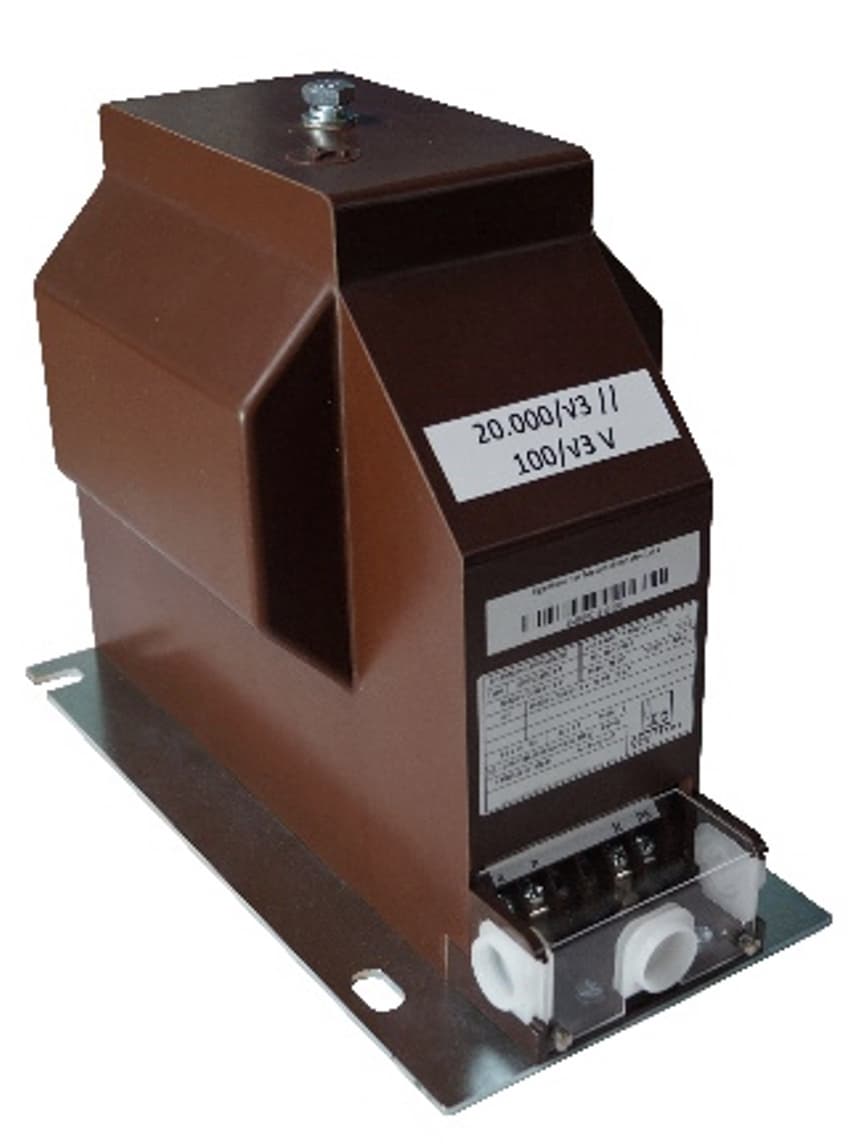
Figure 5: VTS24M32-T
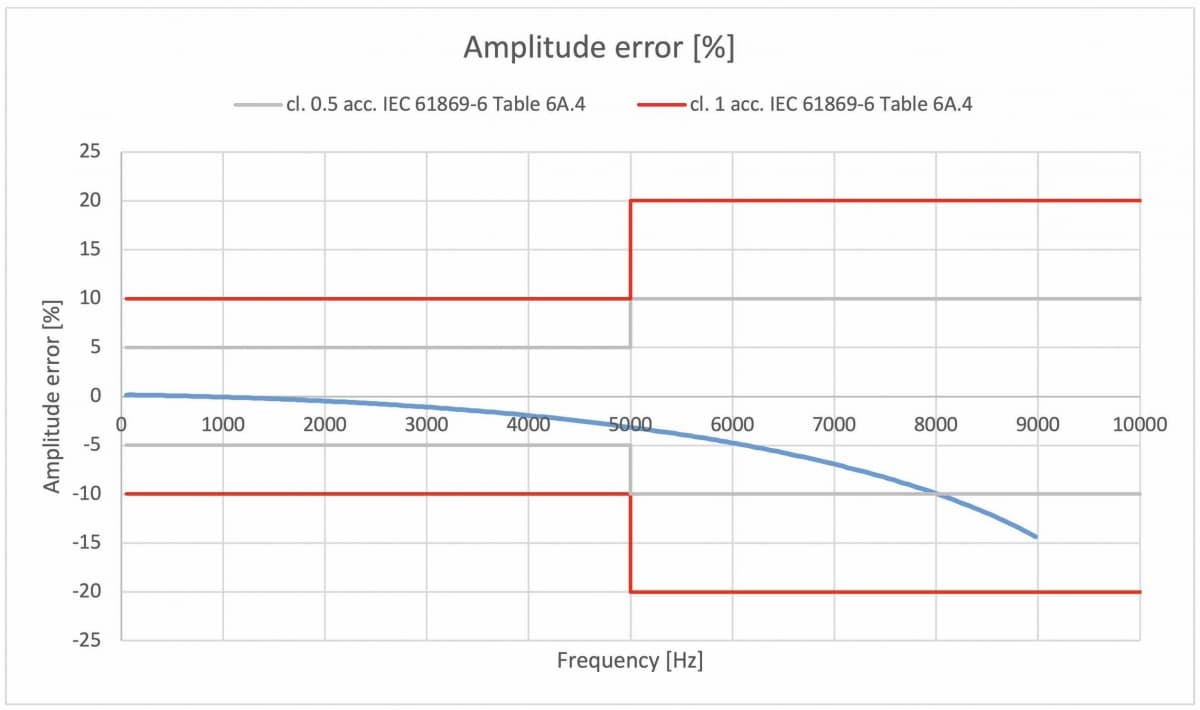
Figure 6: frequency-optimized 24 kV voltage transformer VTS24M32-T from MBS AG (amplitude error)
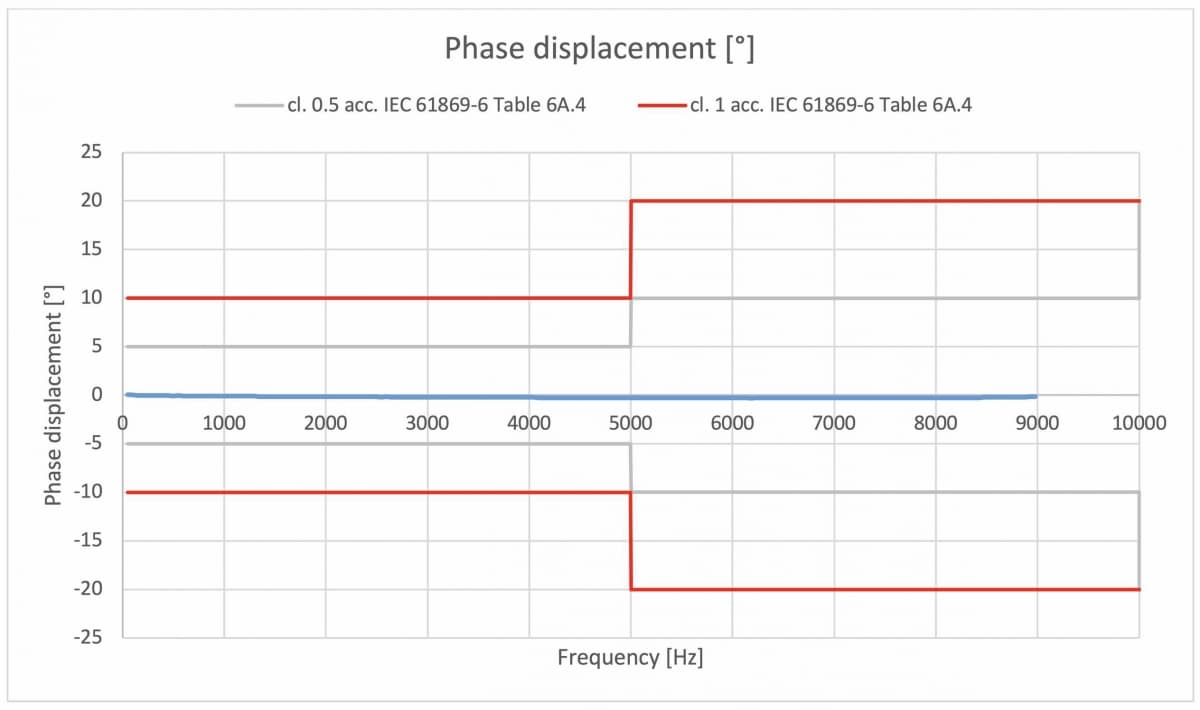
Figure 7: frequency-optimized 24 kV voltage transformer VTS24M32-T from MBS AG (phase displacement)
The frequency-optimized voltage transformer fulfills the accuracy class 0.5 up to approx. 8 kHz. From 8 kHz, class 1 is still clearly maintained. These voltage transformers guarantee reliable PQ measurement up to 9 kHz and are also SF6-free, like all other medium-voltage transformers from MBS AG.
There are already tendencies that in the future a PQ measurement up to 150 kHz could also be carried out in medium voltage. Applicable standards for the low-voltage network already define limit levels of up to 150 kHz. The current mobile PQ analyzers also measure up to at least 150 kHz, which can be absolutely necessary for an extensive fault analysis. This frequency range is normatively named in the current IEC 61000-2-2, 2.2 Edition, May 2018 “Electromagnetic compatibility (EMC) – Part 2-2: Environment – Compatibility levels for low frequency conducted disturbances and signaling in public low-voltage power supply systems”, the EN 50160 standards committee is also discussing compatibility levels up to 150 kHz. From the current point of view, it could therefore make sense plan for PQ measurements up to 150 kHz in order to counteract expensive retrofit measures. The PQ officers of the utilities would certainly be grateful.
The range up to 150 kHz is technically not feasible with inductive voltage transformers. With 24 kV devices, the first resonance point can only be shifted into the range of 10 to 20 kHz. Voltage sensors that are based on the principle of the voltage divider offer an alternative. As a reminder, the basic principle is presented here again.
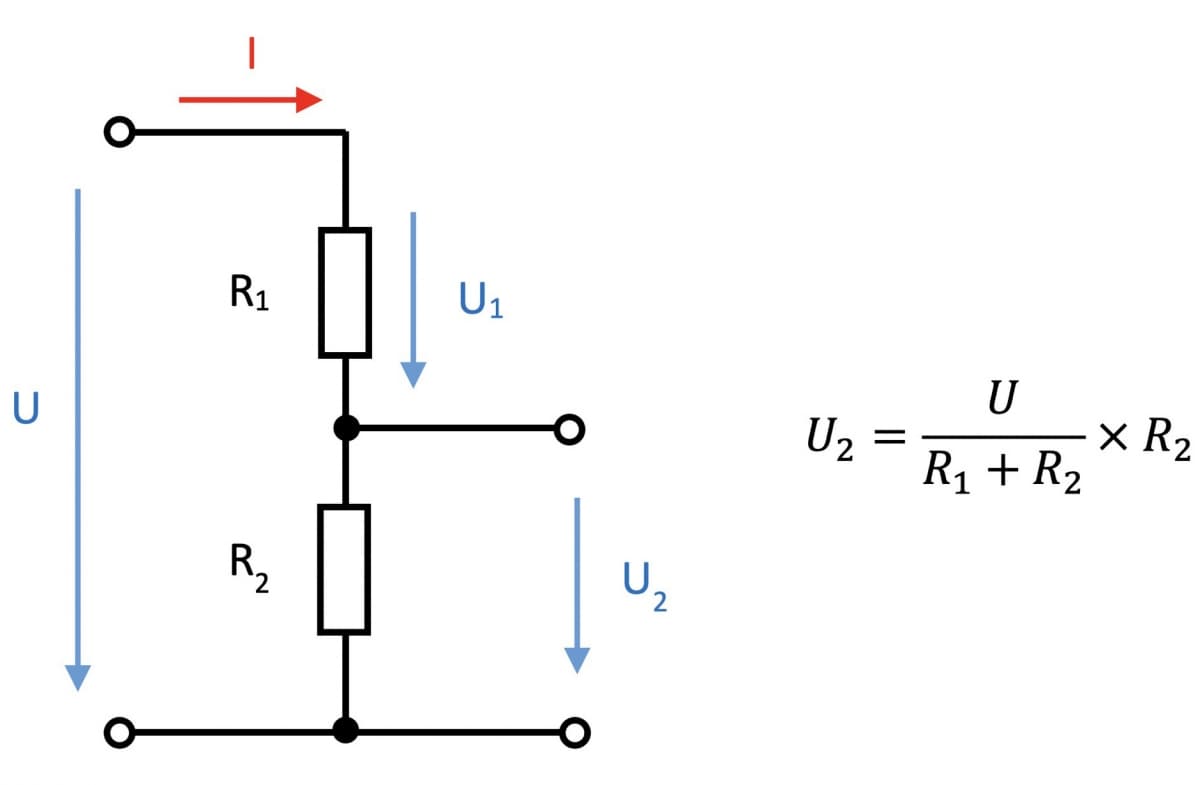
Figure 8: Principle of the voltage divider
Already today, voltage sensors are mainly installed in existing local network stations that require additional voltage measurement on the medium-voltage side. Measuring panels with conventional inductive voltage transformers can only be retrofitted in rare cases for reasons of space. A proven method is to mount sensors in so-called T-connectors. This solution is space-saving and the assembly is carried out by trained personnel in a reasonable time window. While the cone of the symmetrical plug acc. the IEC 50181 is standardized, the cone of the compact T-connector has slightly different dimensions depending on the manufacturer. The VAPxx-S voltage sensor intended for the compact T-connector can, thanks to its patented design, be used in the slightly differently designed T-connectors from all well-known manufacturers without having to fear partial discharges. For the new compact T-connector from Nexans (480 TB) there is already a suitable sensor with the VCPxx-S.
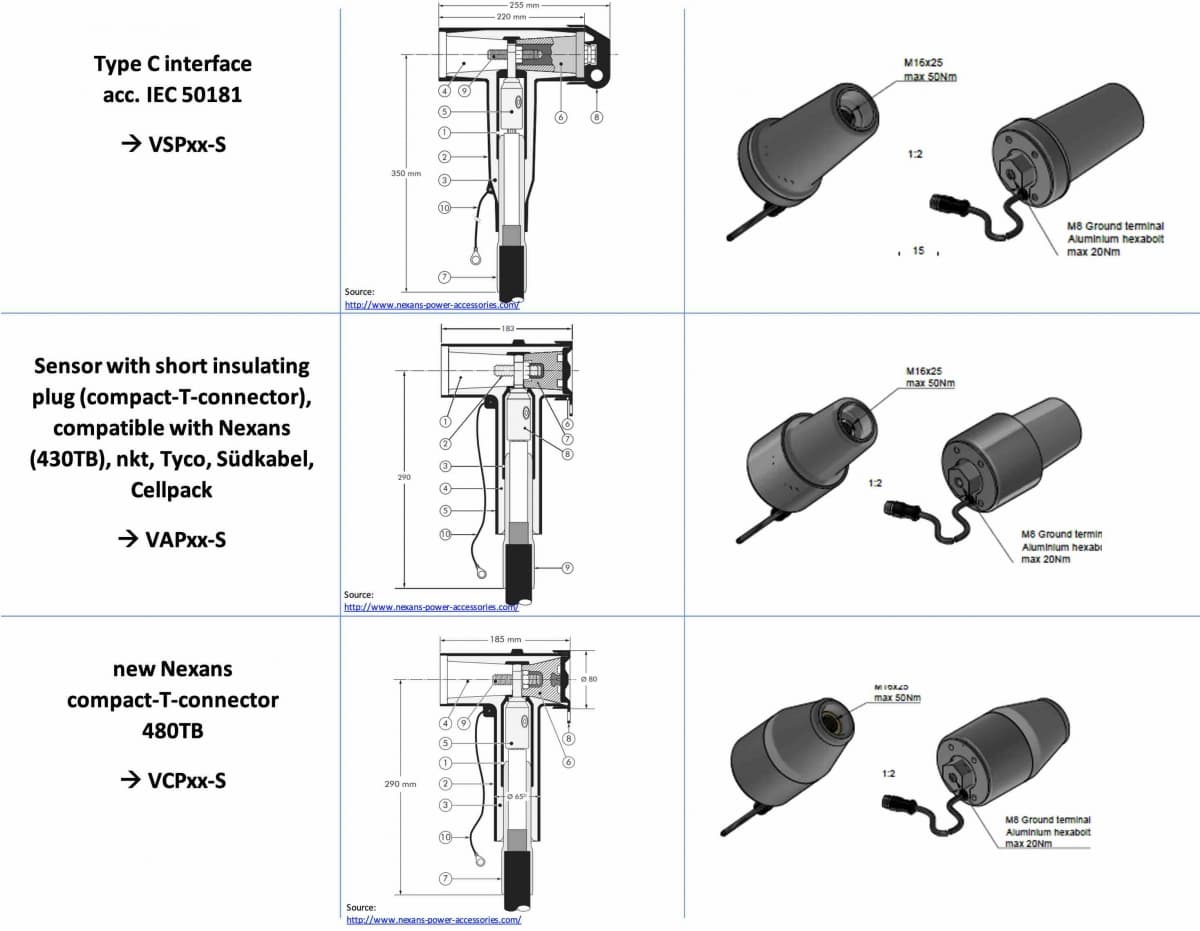
Figure 9: Currently available connector types with the corresponding voltage sensors for the 12 and 24 kV insulation series
MBS AG also has a sensor for air-insulated switchgear and measuring panels that is already used in new systems and retrofits.
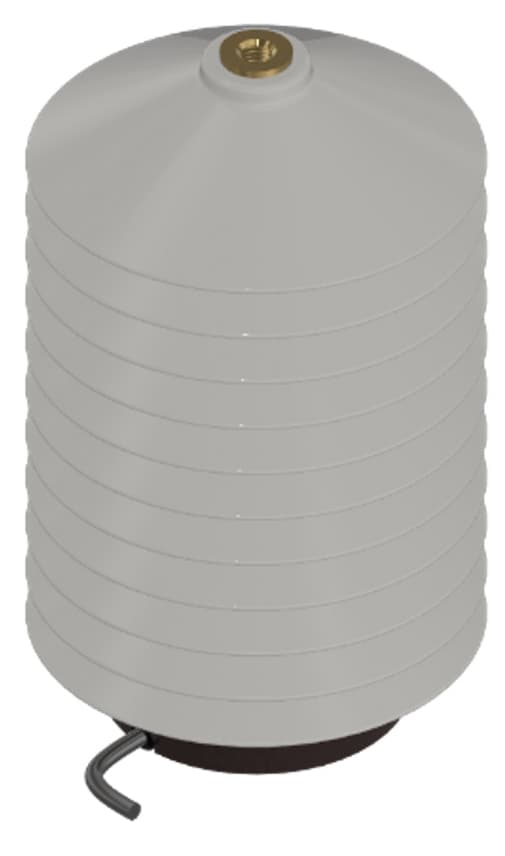
Figure 10: VSIxx-S voltage sensor for air-insulated switchgear
While the accuracy class at 50 Hz is noted on each rating plate of the sensors and is therefore the responsibility of the manufacturer, the manufacturer often does not provide any protocols or reliable statements for measurements beyond 50 Hz. In the market, end users often hear the prejudice that ohmic dividers can generally transmit harmonics very well. This will be examined below.
An ohmic divider basically consists of two nearly ohmic resistors, but these resistors always have parasitic inductive and capacitive components. A capacitance is also formed around the high-voltage resistor, so that the technical literature does not speak of ohmic dividers, but of ohmic-capacitive dividers.
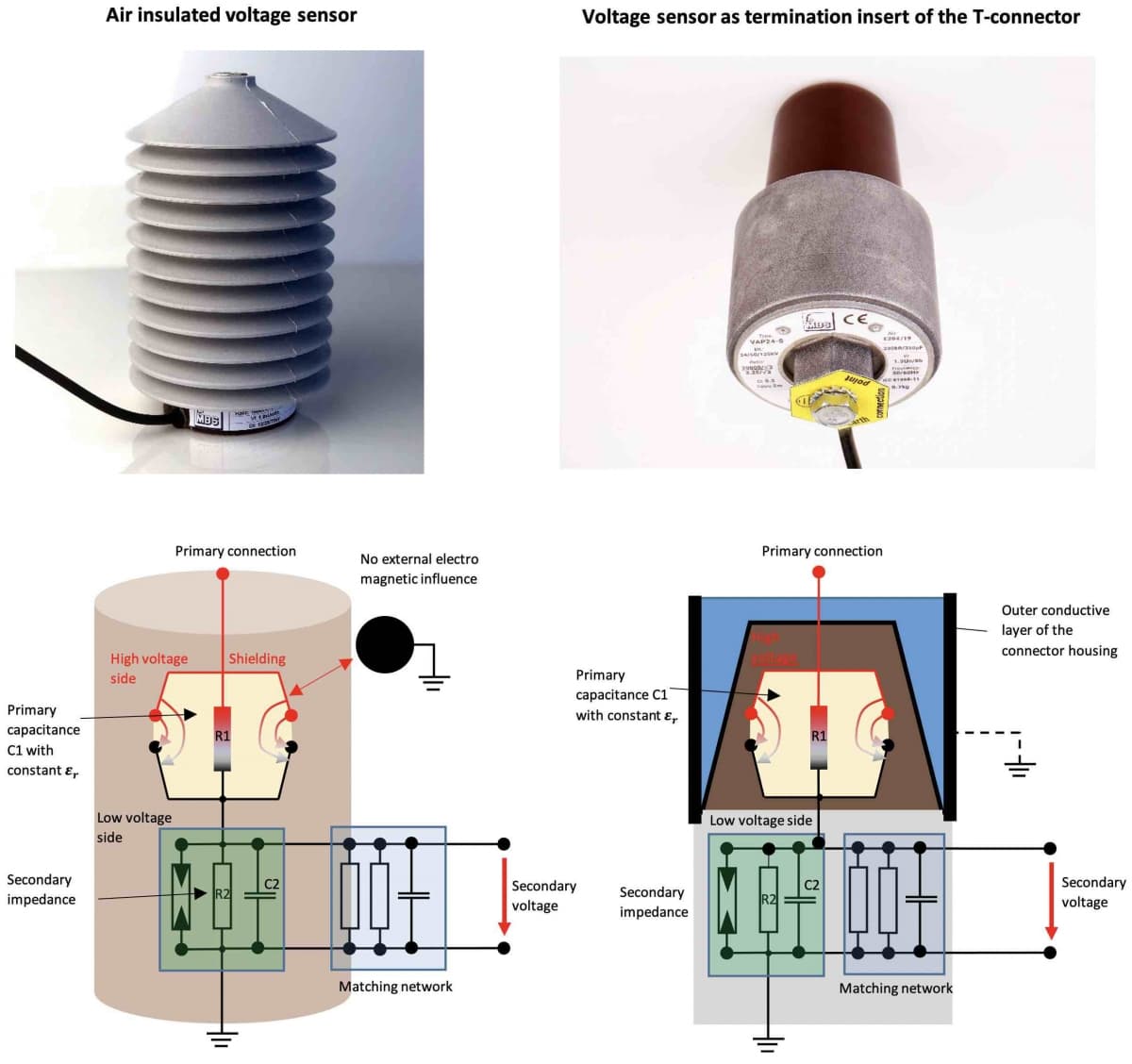
Figure 11: Schematic diagrams of an air-insulated voltage sensor (VSIxx-S) and a voltage sensor as termination insert of the T-connector (VAPxx-S)
As can be seen in the schematic diagrams, the primary capacitance must also be calibrated on the secondary side. In order to be able to manufacture high-precision sensors, a calibration network is also required in the sensor, through which fine calibration can be performed after potting. However, this consists exclusively of passive electronic components.
The question now arises whether ohmic-capacitive sensors in the medium voltage can be used for PQ measurements without further ado. In the following figure, a competitor's and MBS's own 50 Hz sensor have been measured from 50 to 150 kHz with respect to amplitude and phase errors.
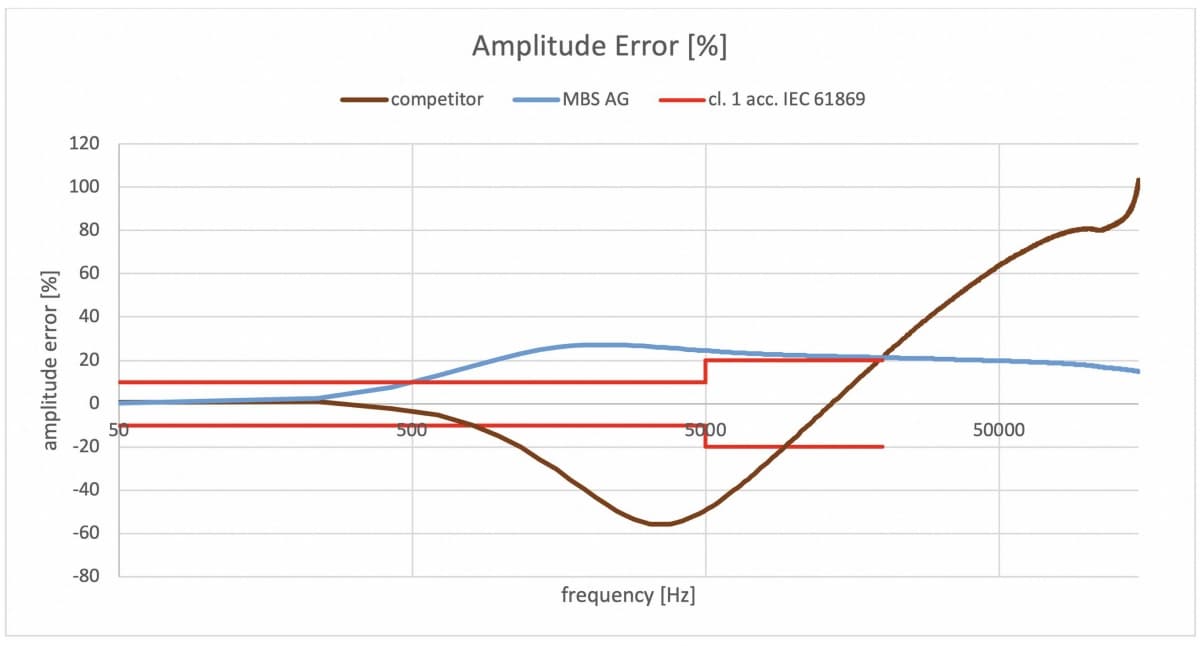
Figure 12: Amplitude error of two 50 Hz voltage sensors (X-axis logarithmically scaled)
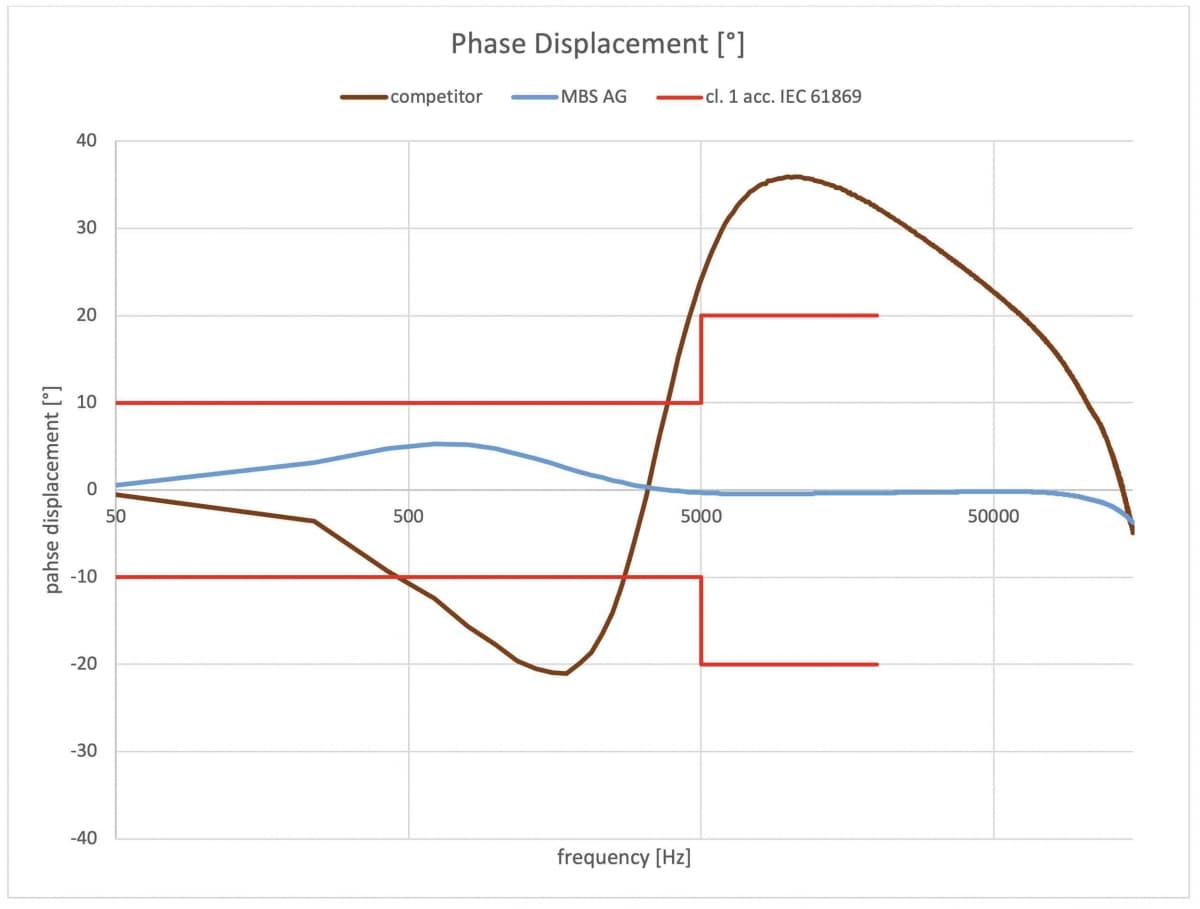
Figure 13: Phase error of two 50 Hz voltage sensors (X-axis logarithmically scaled)
Both sensors are outside the minimum requirements of class 1 for PQ measurements according to IEC 61869-6. For optimum transmission behavior, the alignment network must also be optimized for higher frequencies.
MBS AG can currently provide voltage sensors for T-connectors and for air-insulated systems with optimized transmission behavior up to 150 kHz.
For PQ measurements, frequency-optimized sensors are absolutely necessary in order to comply with the minimum requirement (class 1 according to IEC 61869-6). Transfer curves from current customer projects are shown in the following figures.
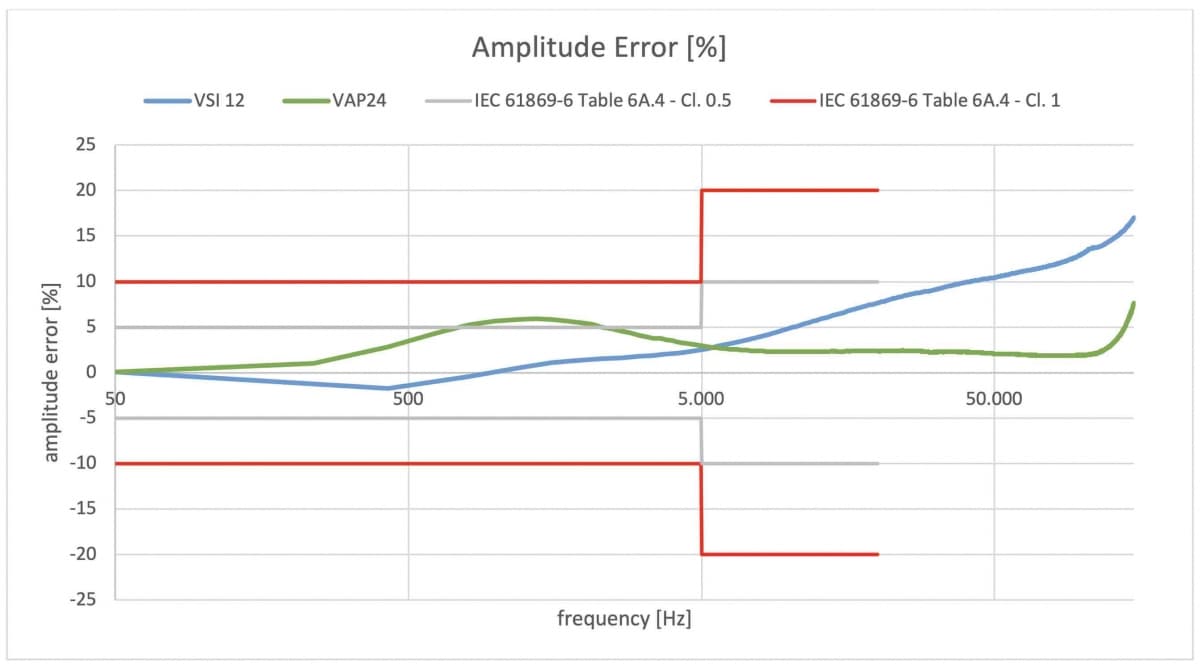
Figure 14: Amplitude error of the frequency-optimized sensors VAP and VSI (X axis logarithmically scaled)
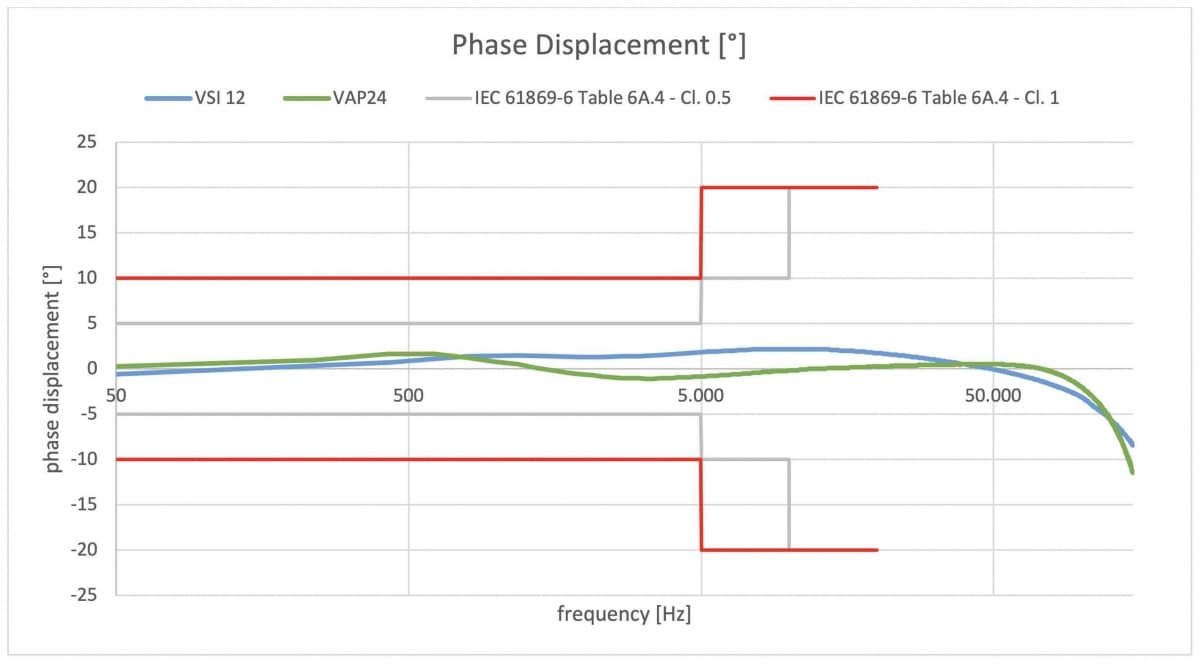
Figure 15: Phase displacement of the frequency-optimized sensors VAP and VSI (X axis logarithmically scaled)
The voltage sensors are usually installed with corresponding current sensors. Unlike conventional current transformers, a voltage signal is output on the secondary side.
MBS AG offers special current sensors, which are perfectly designed for mounting on the usual T-connectors.
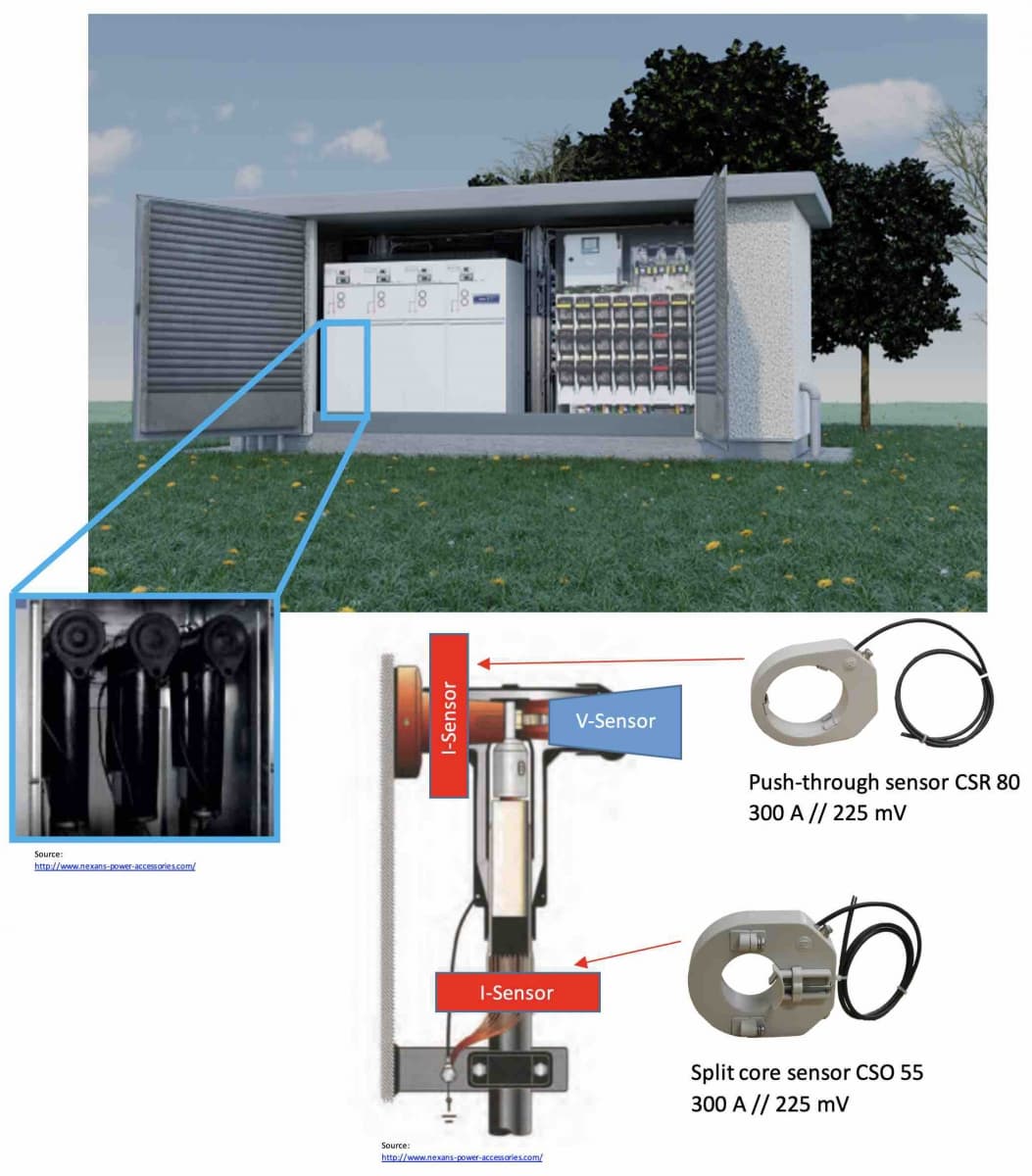
Figure 16: Current and voltage measurement on the medium voltage side of a local substation
When selecting the measuring device, it should be noted that the voltage sensors addressed here can provide a maximum of 10 volts on the secondary side. In Germany, the standard 3.25/√3 V has already become established. For current sensors, 225 or 333 mV are usually used. In contrast to the traditionally inductive devices (100/√3 V or 1/5 A outputs), so-called small signal inputs are absolutely necessary on the measuring device. While the input impedance for the current sensor inputs only has to have a value greater than 20 kOhm, the voltage sensors are precisely matched to the input impedance of the measuring device together with the connection cable length. A subsequent exchange of the measuring device or the parallel connection of a second measuring device is often not possible, because the voltage sensor is only adjusted to a certain load.
While in other countries local network stations are already being upgraded on a large scale with measurements on the medium-voltage side, Germany is still lagging somewhat behind in this development. Since there is no uniform configuration of local network stations in Germany, only voltage or current sensors have been retrofitted in the first retrofit measures. The measuring devices should be designed according to CAT IV insulation regulations. A universal measuring device that is currently being used more and more often is the UMD 710MVU from PQ Plus.

Figure 17: UMD 710MVU with small signal inputs for voltage sensors
In addition to the required sensor measurement inputs for voltage sensors, the unit also has an optional FFT analysis up to 9 kHz. The voltage sensors see an input impedance of 200 kOhm at the measuring device. This value, along with the required cable length, must be communicated to the sensor manufacturer. The sensors are calibrated exactly to this configuration at the factory. A flexible load range as with conventional voltage transformers is not possible. This would require active electronics on the sensor side, which can significantly shorten the lifetime of sensors. MBS AG has therefore decided to offer exclusively passive sensors that are designed for a lifetime of approx. 30 years.
While the 24 kV range is well covered by the three T-connector sensors, a frequency-optimized 36 kV variant is still under development.
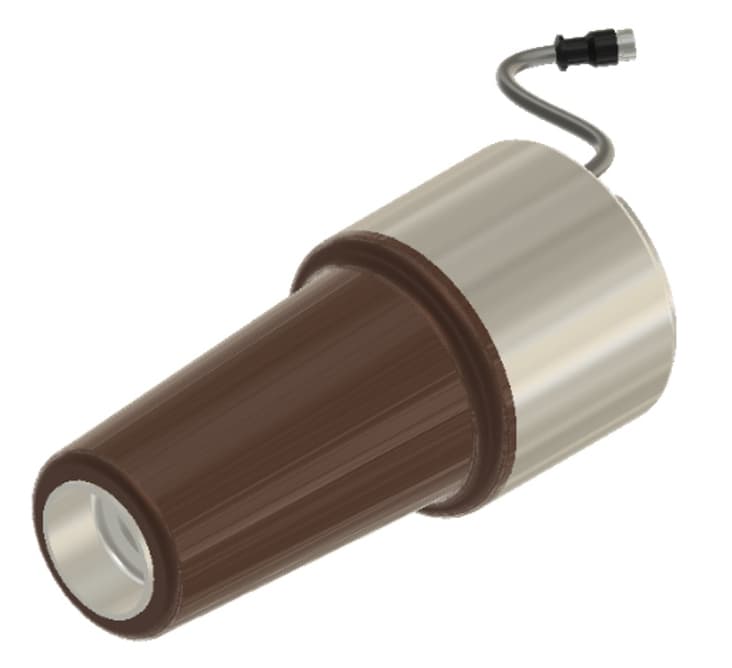
Figure 18: 36 kV frequency-optimized voltage sensor (still in the development phase)
With this frequency-optimized version, PQ measurements up to 150 kHz should also be possible. In addition to good transmission up to 9 or 150 kHz, attention should be paid to the following points for voltage sensors.
by Roland Bürger (MBS AG) and Jens Schübel (PQ Plus)
